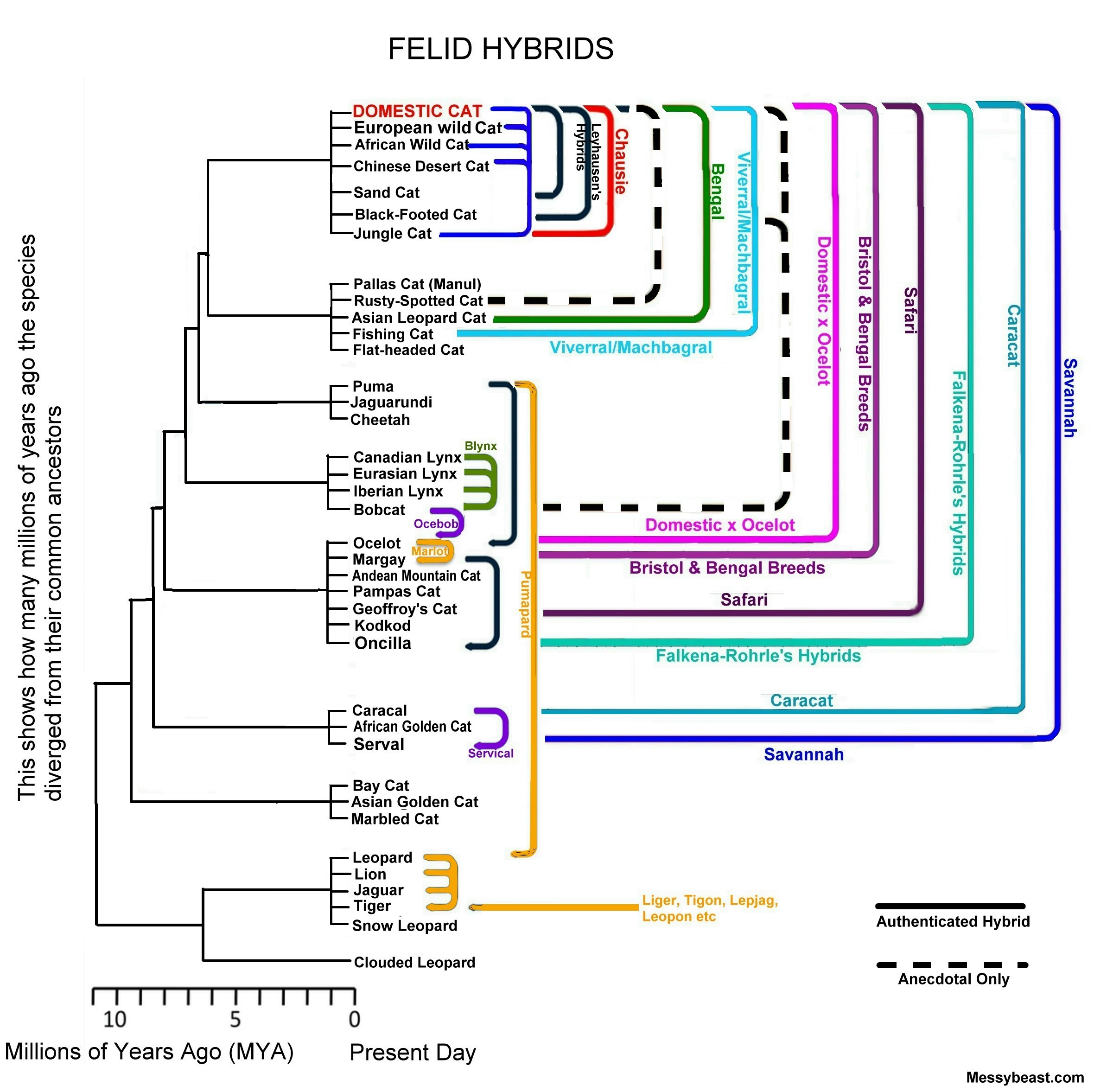First we can look at the more obvious outward topical characteristics and then I will address some issues we have discovered in science.
We have big brains (1100 cc to 1500 cc), they have small brains (300 cc to 600 cc)…
We are bi-pedal, and they are knuckle walkers,
We have pronounced chins, they have small receded chins,
We have a big toe in line with our other toes, and they have opposable or separated big toes.
Ours are for balance and walking, theirs for grasping and other forms of manipulation…
We also have very different skeletal structures…
We have rounded craniums and a flatter face, Apes have a flatter cranium with a pronounced sagittal crest and protruding lower face (better for biting adversaries)…they have a distinctly protruding brow ridge (which varies to a small degree) and we have a far less protruding brow ridge (which varies to a small degree)
The difference in the orbital socket allows us to see laterally for more than any ape but definitely more than chimps (their skull hinders viewing freely to the sides). Our eye sockets are allegedly wider relative to our height than a chimps and in humans the outer margin is recessed much further back.
Ape teeth demonstrate a need as a weapon and a show of dominance as well as for eating, where humans teeth are smaller, more regular, for eating (and sometimes part of attracting mates)
Our pelvis is properly designed for our distinctly bi-pedal gait, the Ape's is longer and narrower for knuckle walking, Humans by nature are bi-pedal except for short bursts of walking on all fours, apes are arboreal knuckle walkers with short bursts of standing or walking upright.
Our spines are long and straight for energy efficiency and support, the Apes is bent differently and positioned so their heads can jutt forward for walking on all fours.
Ape intelligence is dwarfed compared to even the lowest examples of human intelligence.
Humans demonstrate things like uniqueness of culture, religion, philosophy, abstract thinking, art, intricate application of symbolic thought, and more, where chimps exhibit none of these things,
Humans live very long compared to most apes.
We have a covering of fine hairs and with apes their's is thick, coarse, fur.
The best of signing chimps only know objects wanted or not wanted, and learn specific phrases or tasks taught by conditioning (in order to get food, petting, sex, and so on).
Human communication (language) utilizes vocabulary AND also syntax. For chimps "give orange me," can mean something totally different than "give me an orange" even among different signing chimps. We can condition them to sign “give orange me” to ask for an apple, or even “give me orange” to say “I am tired now”.
That would make no sense to a human (and even confuse a child). On the other hand, from a very young age, humans sense and understand syntax. If your two or three year old asks for some orange and you gave them apple, they would protest or say “No! Orange not apple”…or at least exhibit confusion. When taught this or that apes merely perform as conditioned, they do not get confused, nor do they associate the difference.
Humans appear to have an innate ability to create new meanings by combining and ordering words in diverse ways. Chimps studied, taught, and even conditioned for years, show no such capacity.
Human children demonstrate the ability (on their own) to vary syntax and express related ideas and concepts (sometimes very abstract), while even the most mature chimps, trained from birth show no propensity of being able to produce this variance to either communicate with others or even to get their own way.
Cognition scientists have concluded after half a century of research that apes are nearly unable to infer the mental state of another, like if they were interested in some goal, or in love, or jealous, or otherwise, while even 1 and 2 year old humans can do this (see the Project Nim documentary).
My proposition is not true because it has not been proven false...it is true because it has been proven true. These differences are real, and I believe they are significant enough to be considered meaningful to the full implications of "How humans are not apes" aside from us merely creating a new umbrella category to place them both in.
We should not just buy into the media popularized assessments but always pose new questions...you are free to disagree and believe these are not significant, but I say there are enough notable differences that these should be equally stressed.
Finally as lead in to the next few posts, depending on which description one presents, it IMPLIES to the hearer two different things....of course numerically they are the same.
However, IF presenting the 4 or 5% figures (or less) the masses assume incredible similarity...but IF the 120 or 165 million differences is stressed in the presentation then they get a totally different perspective. Millions of differences becomes the logical and factually demonstrated reality.

